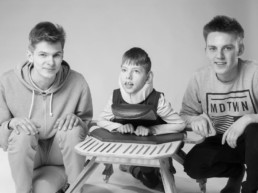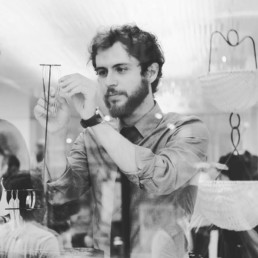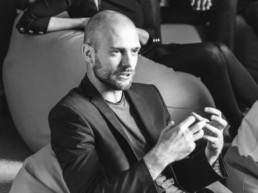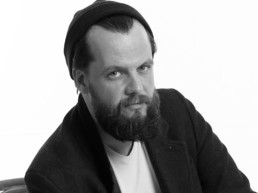Revitalising Rural Europe
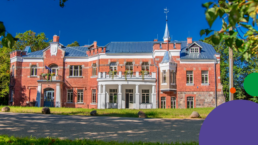
The New European Bauhaus initiative emphasises the concept of “Regaining a sense of belonging” and focuses on preserving cultural heritage, integrating sustainable development principles, and involving local communities for socio-economic benefits. Two excellent examples of rural regeneration practices that align with these principles are Lūznava Manor in Latvia and The Whole Village in Romania.
Both initiatives are closely aligned with the New European Bauhaus values. Lūznava Manor embodies beauty, sustainability and regenerative practices. The Whole Village concept connects communities, prioritising sustainability, cultural heritage preservation and inclusive living. Both projects actively involve local communities, fostering collaboration, and addressing complex challenges in a transdisciplinary manner.
Lūznava Manor in Rēzekne, Latvia
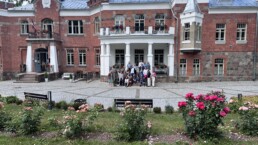
Lūznava Manor stands as a testament to cultural revitalization and community development. Through meticulous restoration and collaborative strategies, the manor has become a cultural and social hub, contributing to the economic and social renaissance of the rural Latgale region. By repurposing historic buildings, engaging the local community, and championing sustainable nature management practices, Lūznava Manor has become a successful model of rural regeneration, aligned with the values of the New European Bauhaus.
The manor has already hosted 1,373 events and welcomed 113,000 visitors from 52 countries in the last three years, showcasing its transformative potential. Noteworthy achievements include repurposing historical buildings into dynamic cultural spaces, establishing a children’s playground, implementing residency programs for artists, and fostering a rich tapestry of creativity within the community. The inclusive role played by Lūznava Manor as a cultural hub is pivotal, fostering community bonds and providing a platform for social entrepreneurship to thrive. The project’s success is deeply rooted in a collaborative strategy that engages the local community, entrepreneurs and regional organisations, fostering inclusiveness and challenging discriminatory practices, trying to develop a new way of living together. Despite financial challenges, the manor is a compelling example of the transformative potential inherent in cultural revitalisation, showcasing its positive impact on rural regeneration and sustainable community development.
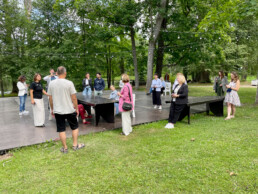
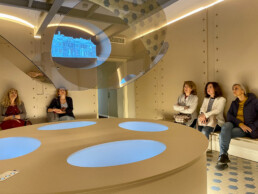
The Lūznava project, under the beautiful value, embodies the Bauhaus concept of beauty by integrating cultural and social values into the restoration of the main building. Modern IT solutions provide an interactive experience with authentic cultural heritage, promoting a sense of community through various cultural activities.
Read more about the good practice – Lūznava Manor in Latvia
The Whole Village Concept in Romania
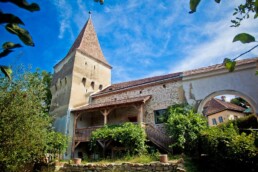
The Whole Village concept focuses on the comprehensive restoration of cultural and natural heritage in Transylvanian rural areas. “Mihai Eminescu Trust” (MET) community-centric approach addresses depopulation and unemployment, resulting in the restoration of historic structures, tree planting, job creation, and cultural and eco-tourism development. The project is aligned with the New European Bauhaus values, promoting sustainability, heritage preservation, and inclusive community development.
MET’s remarkable achievements include successfully restoring 700 historic structures, planting three million trees, and creating 100 jobs, along with providing 140 seasonal opportunities during the peak tourist season. The initiative strategically leverages cultural and natural heritage to encourage tourism as a sustainable source of income for rural families. Beyond physical restoration, MET’s focus extends to community empowerment, education, and supporting local businesses. With an emphasis on inclusiveness, the initiative selects project leaders and teams, provides training, supports local entrepreneurs, and continually adapts for improvement. The project’s goal is to enable local communities to govern themselves, but cultural and historical factors are currently impeding progress.
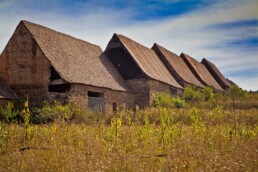
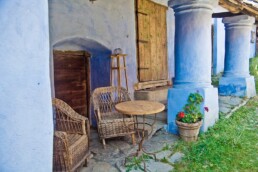
The Whole Village project aims to connect various communities and individuals, fostering a sense of belonging and enhancing lives through meaningful social interactions and shared experiences. The project combines cultural and natural heritage to develop sustainable cultural tourism, create revenue for rural families, and improve their quality of life. Under the value of sustainability, the project is committed to regenerating and preserving cultural landscapes, promoting both agricultural heritage and tourism, and encouraging sustainable practices, such as sustainable tourism. Regarding building restoration, the project prioritises using sustainable materials and techniques while promoting traditional materials and involving skilled artisans.
The project’s efforts have yielded positive transformations, including increased educational levels, improved quality of life, and a shift towards sustainable practices and cultural preservation.
Read more about the good practice – The Whole Village in Romania
Key Aspects for Success:
By integrating creative and artistic industries with social economy organisations, it is possible to create clusters that promote specialised, integrated, multifunctional, and complementary economic activities. As in ecological systems, learning and adaptation are essential for survival and sustainability. Both initiatives prioritise the crucial concept of “belonging” in their rural regeneration and community revitalisation strategies. They achieve this by emphasising the preservation and restoration of cultural heritage sites to revitalise rural areas and contribute to overall development.
For such projects to be successful, several aspects are crucial:
- Financial sustainability: Rethinking financing approaches and innovative financing models are essential for long-term impact.
- Stakeholder engagement: Effective stakeholder engagement is pivotal, especially in rural areas and partnerships involving diverse stakeholders from the public and social economy sectors.
- Leadership in rural areas: Strong leadership is necessary to drive these initiatives forward.
- Self-driven co-creation models: Encouraging self-driven co-creation models can foster effective governance.
- Governance structure based on values: A governance structure based on values can help navigate complexities and ensure sustainable impact.
Read more about these aspects as well as the summary of good practices – Lūznava Manor in Latvia and The Whole Village in Romania
In conclusion, Lūznava Manor and The Whole Village are excellent examples of rural regeneration practices that align with the New European Bauhaus concept. By preserving cultural heritage, integrating sustainable development principles, and involving local communities, these initiatives contribute to socio-economic benefits and foster a sense of belonging in rural areas.
The social economy missions were organised in the framework of project ‘SEA4NEB’ that aims at promoting social economy models to contribute to the New European Bauhaus and at how they can foster spatial and sectoral clusters, taking an ecological approach to cultural cooperation and territorial development with local authorities. The whole methodology of the project is based on a strong partnership at local level between the local authority and the SE actor, while Diesis Network will act as transnational facilitator and coordinator.
Funded by the European Union. Views and opinions expressed are, however, solely those of the authors and do not necessarily reflect those of the European Union or EISMEA. Neither the European Union nor the granting authority can be held responsible for them.






